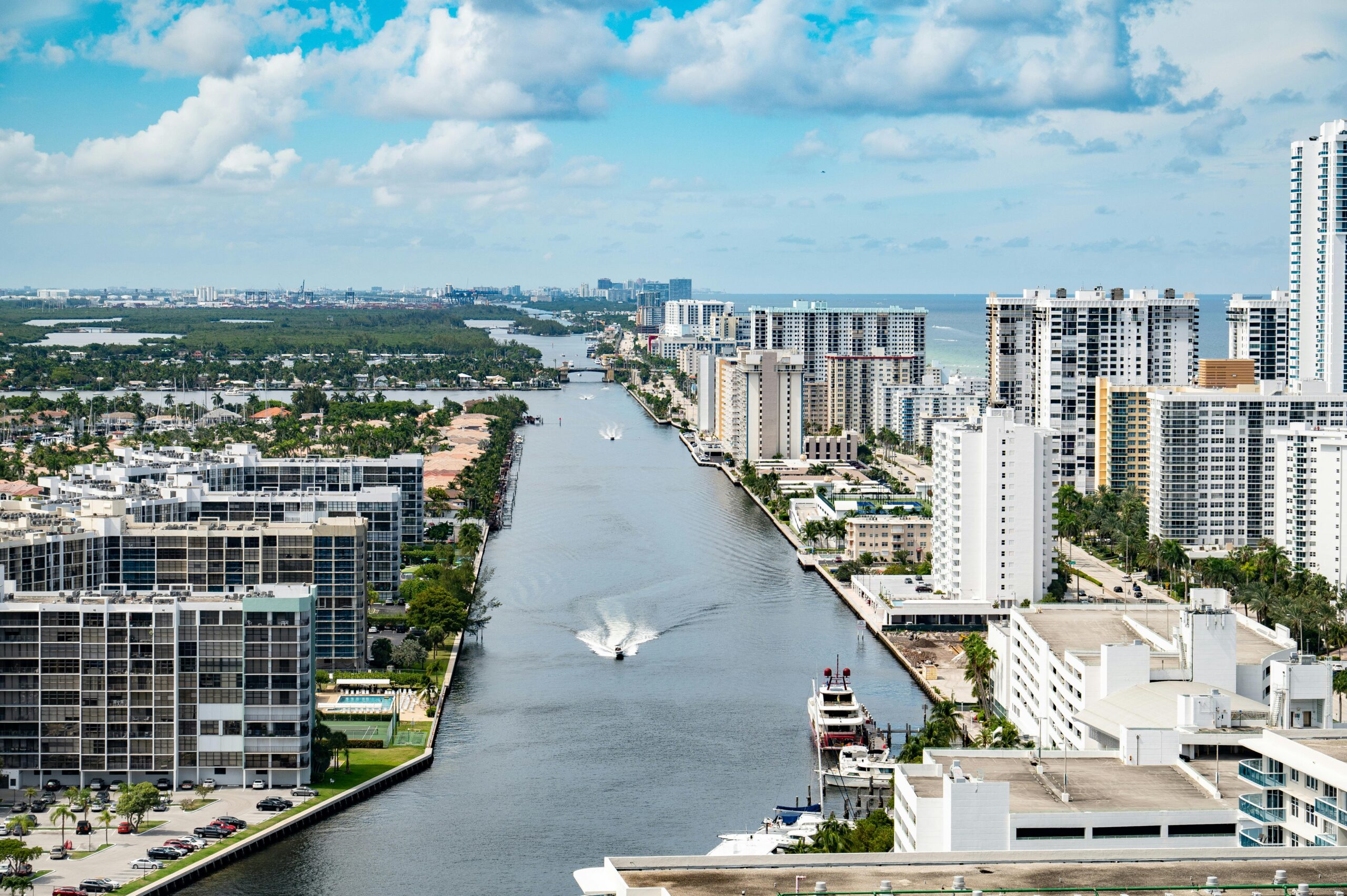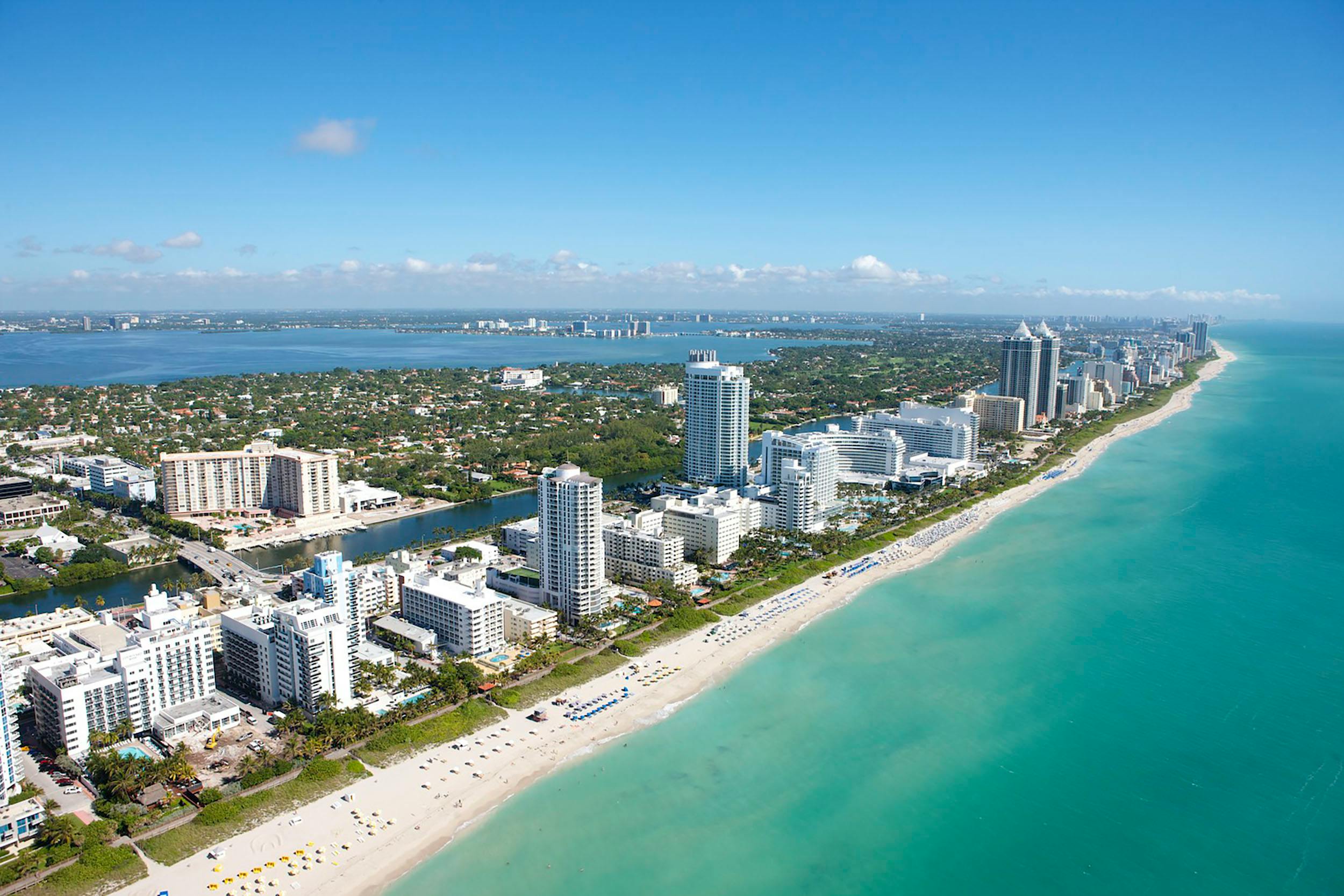
Florida’s real estate market is entering a new phase in 2025. After years of rapid growth fueled by domestic migration, pandemic-era buying frenzies, and limited inventory, several key indicators now show a market cooling off: home prices are declining, inventory is rising, and buyer leverage is increasing. This article explores the recent data, regional differences, contributing factors, and what this shift means for current and prospective homeowners across the state.
1. Prices Slide: What the Data Shows
Florida’s median single-family home price dropped by about 4% year-over-year as of mid-2025. This follows another 3% decline from the previous month, pushing the statewide median to approximately $415,000.
At the city level, the Miami metro area reported a price dip of about 5%, while Orlando and Tampa saw more modest drops of 1–2%. Coastal markets and retirement communities like Bradenton, Sarasota, and Greenacres have also seen notable price corrections, with Greenacres experiencing listing price drops of up to 13%.
2. Inventory Expands: Buyers Gain Negotiating Power
Active listings across Florida are up over 22% from the same time last year, with nearly 200,000 homes now on the market. This increase in inventory is giving buyers more options and more negotiating power.
Homes are also sitting longer on the market. In areas like Tampa Bay, many listings are remaining unsold after 60 days, significantly longer than in previous years and above the national average. This shift signals a transition from a seller’s market to a more balanced or even buyer-friendly landscape.
3. Seller Tactics: Delisting and Price Cuts
In response to weakening demand, many sellers are choosing to remove their homes from the market rather than continue dropping prices. Florida ranks among the top states for delistings, reflecting hesitation among homeowners to sell at lower valuations.
At the same time, more than 1 in 5 listings in June featured a price cut. List prices across the Southern U.S., including Florida, have dropped by around 9% compared to the previous year. These price reductions are some of the most frequent the state has seen since 2016.
4. The Drivers Behind the Decline
Several key factors are driving the cooling trend in Florida’s housing market:
-
Mortgage rates: With 30-year fixed mortgage rates hovering near 7%, affordability has taken a hit. Buyers face significantly higher monthly payments, limiting what they can afford and reducing demand.
-
Insurance costs: Homeowners insurance premiums in Florida have skyrocketed in recent years, rising by as much as 400% in some areas. This added cost is deterring many potential buyers and making ownership less appealing.
-
Post-pandemic normalization: The influx of remote workers and retirees during the pandemic has leveled off, slowing demand. Condo and single-family home sales have both declined across several counties, signaling a return to pre-pandemic activity levels.
5. Regional Variations: Not All Markets Are Affected Equally
The downturn isn’t hitting all parts of Florida equally. Urban condo markets in places like Miami-Dade and Hillsborough counties have seen steep sales declines, down 20–27% year-over-year, due to reduced demand and tighter lending requirements.
Meanwhile, single-family home prices remain more stable but are still down around 4% from peak levels. Many of these homes remain significantly more expensive than they were in 2020, showing that despite the dip, long-term appreciation is still intact.
Secondary markets like Sarasota and Bradenton, which experienced rapid growth in recent years, are now seeing the largest corrections. These areas may offer the best opportunities for buyers seeking value.
6. Economic and Structural Factors
Florida’s overall economy remains strong, with a diverse mix of industries including tourism, aerospace, agriculture, and logistics. Unemployment remains low, and the state boasts the fourth-largest economy in the U.S. by GDP.
However, real estate is facing unique challenges. High financing and insurance costs, combined with growing concerns about climate risk and affordability, are putting pressure on the housing sector even as other parts of the economy thrive.
7. Buyer Outlook: A Window of Opportunity
For buyers, this cooling market may offer a much-needed opening. With more inventory, slower sales, and reduced competition, buyers are gaining leverage for the first time in years.
More negotiating power means buyers can request price reductions, closing credits, or upgrades. Inventory expansion also means more options, making it easier to find homes that suit both budget and lifestyle.
In addition, while interest rates are still relatively high, some forecasts suggest modest rate reductions later in 2025 or early 2026. Buyers who lock in a good deal today may be able to refinance into lower rates down the road.
8. Risks to Monitor
Despite the current advantages, buyers should remain cautious and informed:
-
Insurance and climate-related costs: Rising premiums and potential natural disaster risks can significantly impact total housing costs. Buyers should factor these into affordability calculations.
-
Delisting and artificial scarcity: The recent spike in delistings could temporarily reduce supply, giving a false impression of tighter inventory. It’s important to monitor relisted properties and price trends.
-
Local market variation: Each Florida metro area has different dynamics. For instance, Miami may remain strong in the luxury segment, while mid-range markets like Tampa or Jacksonville may present better bargains.
9. What Buyers Should Do Now
If you’re considering buying in Florida, now may be the right time, especially if you’re planning to stay long-term. Here are a few smart moves to make:
-
Get preapproved for a mortgage to understand your real budget, especially with fluctuating rates.
-
Work with a local agent who understands market trends in your preferred area.
-
Inspect insurance premiums thoroughly, as they vary widely and can be a major expense.
-
Negotiate boldly, especially for homes that have been on the market more than 30–45 days.
-
Watch for further price adjustments as sellers respond to slower activity heading into fall.

Conclusion
Florida’s housing market has shifted. After several years of intense demand and record-breaking price increases, the state is now seeing a more balanced market, and, in some areas, clear signs of home prices softening. For buyers, particularly those who were priced out in recent years, this shift represents a valuable opportunity.
While risks remain, including high borrowing and insurance costs, informed buyers can find strong value, especially in markets where home prices are adjusting and inventory is growing. Whether you’re looking for a vacation home, a retirement spot, or a permanent residence, the Florida real estate market in 2025 offers opportunities that haven’t been available in years.





